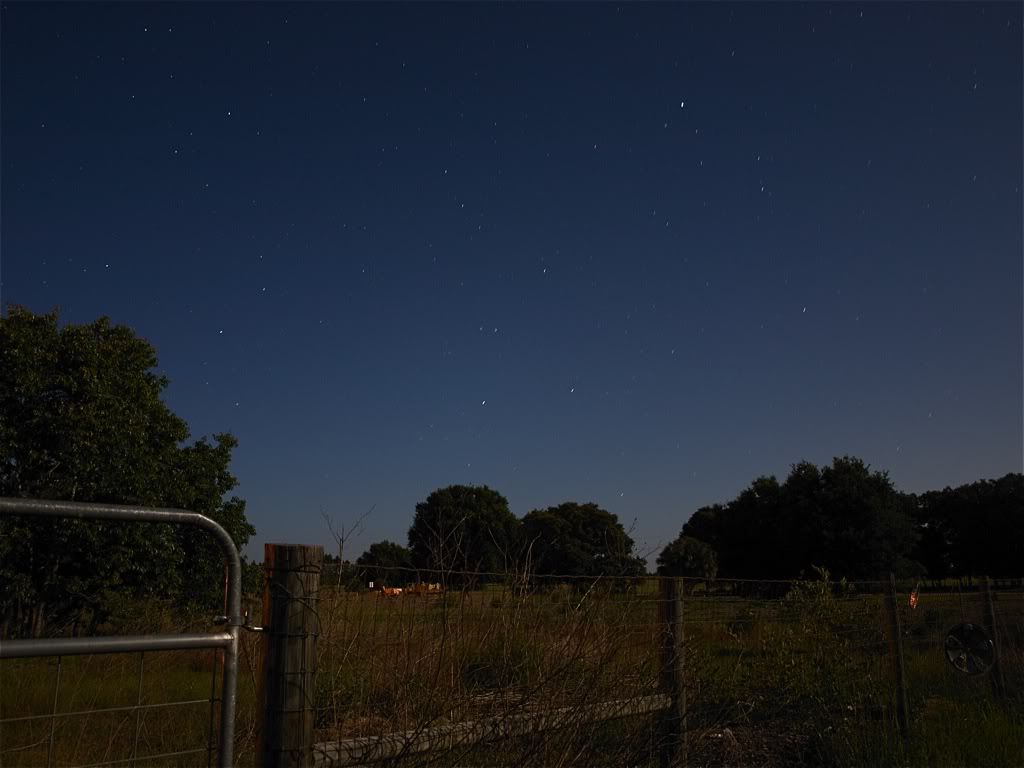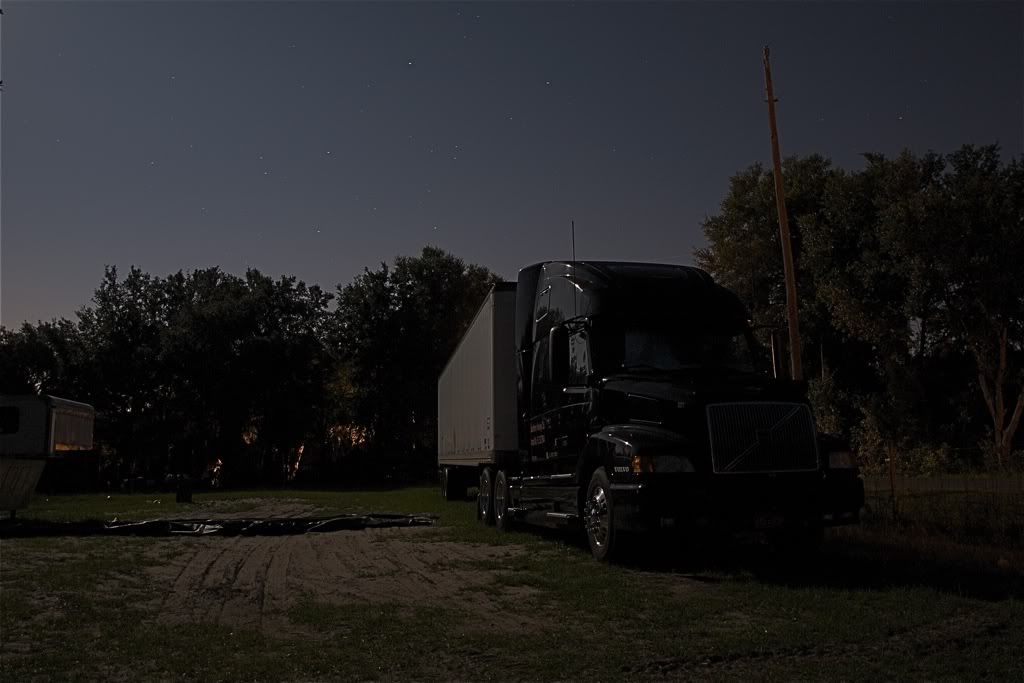Hjortsberg
Well-known
the bulb feature?
got a tripod and a release cable and was doing night photography for the first time.
got a tripod and a release cable and was doing night photography for the first time.
Luna
Well-known
Meter.
Exposure value.
Guess?
Got to give us more info about what you were doing. (Location,Lens,Film, etc...)
Exposure value.
Guess?
Got to give us more info about what you were doing. (Location,Lens,Film, etc...)
umcelinho
Marcelo
press button until the long exposure golem shows up and say "STOP!!!"
fates
Established
If you can't meter it... bracket exposures. Landscapes will grant you patience. Over time you'll be able to guess pretty accurately based on how much light is in a scene. You could try using a spot meter if you're really critical.
Richard G
Mentor
Use Fred Parker's Ultimate Exposure Calculator which you can find by Google. I've found this the best way to do city skylines, buildings and monuments at night etc. And bracket.
Hjortsberg
Well-known
thanks guys. using trix 400., Summicron 50 f2, doing city street stuff.
bracket the exposure?
bracket the exposure?
Ezzie
E. D. Russell Roberts
Bracketing means take several exposures of the same subject, but with different times. Take your best guess and expose that, then add a stop and take another, then detract a stop (from the first version) and take another. If very unsure take yet two more with yet another stop either way.
LKeithR
Improving daily--I think.
One other thought, especially if you plan to do much of this, is to make notes as you shoot. This may be implied in some of the other replies but it will make it much easier to remember what exposure you used...
raid
Dad Photographer
I take a light meter reading and adjust for long exposures reciprocity failure. For timing, I just count "one thousand one, one thousand two,.... )
Ezzie
E. D. Russell Roberts
I take a light meter reading and adjust for long exposures reciprocity failure. For timing, I just count "one thousand one, one thousand two,.... )
Me too up to 15-20 seconds. For longer than that I use the stopwatch on my phone.
If the OP would rather not start with reciprocity calculations he can use Acros. It has little or no failure up to 2 minutes or so, making night photography easy.
f16sunshine
Moderator
... and don't forget to check the reciprocity failure rate for the film you are using. I've not used Tr-X at night so can not tell you. Kodak has charts as do other film manufacturers.
Fraser
Well-known
elephants, 1 elephant, 2 elephants, 3 elephants you get the idea.
Jack Conrad
Well-known
I've been playing around with long exposure recently myself and took these shots at the longest setting on my dslr on a clear brightly lit 2/3rds moon not too high in the sky.
That's 60 seconds at f3.5 wide open on a 28mm lens. Iso 100. The shot of the truck was 30 seconds and is underexposed, but I was afraid 60 seconds would blow out the sky.
It seems strange to have gotten so much dof wide open like that. Both shots were set at infinity and that fence post was only a couple feet from the lens.
However without a moon, I've found Bulb needs to be more like 2 minutes. 60 seconds is very underexposed.


That's 60 seconds at f3.5 wide open on a 28mm lens. Iso 100. The shot of the truck was 30 seconds and is underexposed, but I was afraid 60 seconds would blow out the sky.
It seems strange to have gotten so much dof wide open like that. Both shots were set at infinity and that fence post was only a couple feet from the lens.
However without a moon, I've found Bulb needs to be more like 2 minutes. 60 seconds is very underexposed.


Last edited:
dfoo
Well-known
Tri-X has pretty bad reciprocity failure. What that means is under low light very very long exposures (minutes or hours depending on the F stop and light conditions).
t6un
Established
If you want to use small apertures at low light and the meter doesn't respond at "1 sec", you can open the aperture up until meter shows "OK", then note the difference in f-stops, close the aperture again, calculate the exposure time by the difference in f-stops, set the shutter dial to "B", count the seconds.
Share:
-
This site uses cookies to help personalise content, tailor your experience and to keep you logged in if you register.
By continuing to use this site, you are consenting to our use of cookies.

